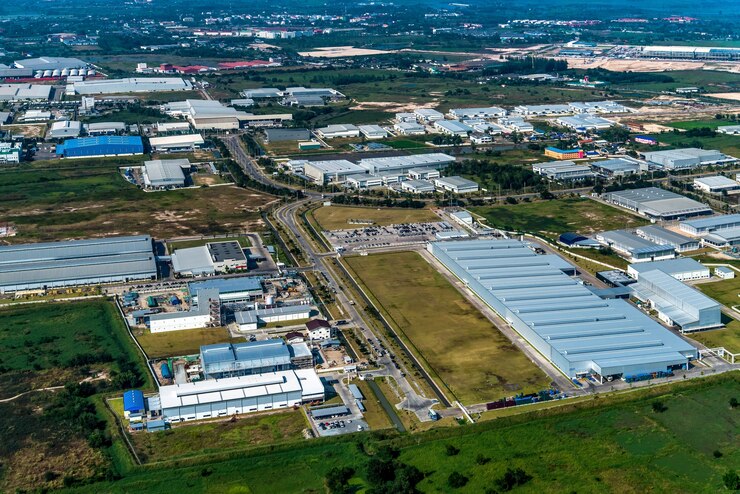
As the year draws to a close, the national macroeconomic outlook is influenced by adjustments in monetary policy, with Banxico's recent 25 basis point reduction in the benchmark interest rate during September, bringing it to 7.5% with the aim of stimulating investment. Furthermore, the anticipated review of the USMCA is a key factor in strengthening investor confidence. In this context, the Mexican industrial market maintains stable demand and growing supply, while industrial investments adjust to current economic conditions.
As of the end of October 2025, the national industrial inventory exceeded 110 million square meters, 7 million square meters higher than the inventory recorded in the same period of 2024. During the month, the delivery of industrial projects added approximately 460,000 square meters to the total inventory. Mexico City and Monterrey stood out as the main drivers of this growth, accounting for 32% and 29%, respectively, of the new industrial space supply.
Industrial space leasing reached nearly 500,000 square meters in October, representing an 8% year-over-year decrease. The markets with the highest demand were Mexico City, which accounted for 23% of the total, followed by Monterrey with 21% and Querétaro with 15%.
Industrial vacated space in October showed moderate growth, with 73,000 square meters freed up. However, compared to the same month last year, this figure represents a 35% increase. The Guadalajara, Monterrey, and Mexicali markets accounted for the majority of industrial move outs, with 30%, 19%, and 15%, respectively.
The national vacancy rate stood at 4.4%, equivalent to an industrial supply of 4.9 million square meters, and continues its upward trend. Over the past year, industrial vacancies have increased by more than 2 million square meters.
The highest vacancy rates nationwide are concentrated along the country's border region, with Tijuana and Mexicali reporting levels of 8.3% and 6.3%, respectively, followed by Reynosa at 6.0%. On the other hand, Aguascalientes and Puebla maintain the lowest rates, both at 1.5%.
Despite the overall increase in industrial supply, investments in new projects have maintained a dynamic pace, with construction beginning on more than 600,000 square meters, driven primarily by the Monterrey industrial market, which accounted for 33% of new construction, followed by Mexico City and Guadalajara, with 20% and 18%, respectively.
In October 2025, the industrial space under construction in Mexico reached 4.5 million square meters, reflecting a lower volume of construction activity, decreasing 24% compared to the same month in 2024. Monterrey and Mexico City remained the main centers of industrial growth, concentrating 31% and 18% of total construction, respectively.
At the end of October 2025, the average national industrial rental price was $7.33 USD per square meter per month, showing a 6% year-over-year increase. The highest prices are concentrated in Mexico City, at $9.79 USD per square meter per month, 33% above the national average. In contrast, the industrial market in Guanajuato offers the most competitive tariff, at $5.04 USD per square meter per month.
The national industrial market shows robust demand, while the supply of industrial space continues its upward trend, reflecting an active and expanding sector. Although construction levels are lower, investments in new projects remain dynamic, demonstrating the market's resilience and its attractiveness to investors. Taken together, these factors indicate that the industrial real estate sector continues to adapt to current conditions and maintains a positive outlook for the end of 2025.
Stay up to date with the most important news to the real estate
Subscribe Solili Newsletter